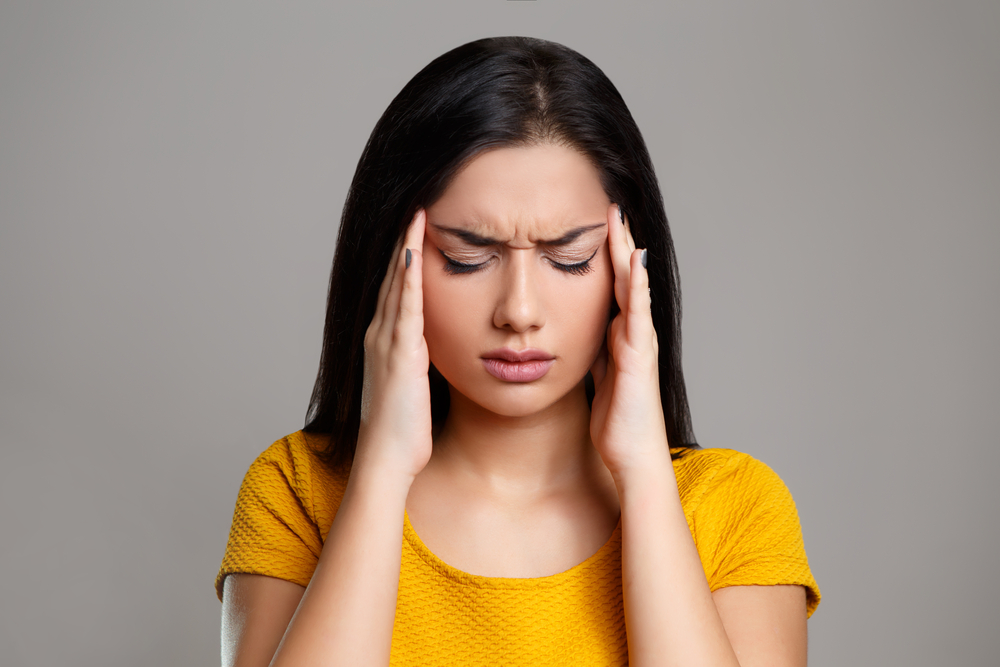Home Remedies and Lifestyle Tips to Alleviate Migraine Pain
Discover effective home remedies and lifestyle changes to manage and reduce migraine attacks. This guide covers natural solutions, dietary tips, and relaxation techniques aimed at alleviating pain and preventing triggers. Implementing these strategies can lead to fewer and less severe migraines, improving overall well-being.

Effective Natural Approaches to Reduce Migraine Discomfort
The term ‘migraine’ comes from the Greek word hemicrania, meaning pain on one side of the head. Migraines often appear as severe headaches localized to a side, such as behind the eyes, temple, or ears. Common triggers include bright lights, loud sounds, weather changes, strong odors, foods like cheese and red wine, stress, sleep deprivation, hormonal changes, and lifestyle habits. High stress levels and sensitivities to certain foods are also common factors that initiate these intense headaches.
Migraine symptoms range from nausea, light and sound sensitivity, scalp tenderness, blurred vision, to overall fatigue. Women are more prone to migraines than men. While causes are complex and sometimes unclear, lifestyle adjustments like balanced diets, hydration, regular exercise, and adequate sleep can help reduce the frequency of attacks.
While medications and injections are available for symptom relief, many prefer home remedies such as moderate caffeine intake. Nonetheless, excessive caffeine consumption might worsen symptoms. Natural remedies focus on alleviating pain and avoiding triggers. For frequent migraines, consider these strategies:
Monitor when migraines start, how long they last, and potential triggers such as specific foods, stress, or sleep irregularities to identify patterns and prevent future episodes.
Eat at consistent times and manage blood sugar levels effectively.
Engage in gentle physical activities like walking to relax tense facial, neck, and shoulder muscles, which can improve mood and reduce pain over time.
Use massage techniques on the neck, shoulders, and upper back to release muscle tension; aromatherapy may also provide additional relief if tolerated.
Practice meditation and yoga to lower stress levels, significantly reducing migraine frequency.
For women with menstrual migraines, increasing magnesium intake (400-600 mg daily) through foods such as spinach, yogurt, almonds, and bananas may be beneficial.
Consuming vitamin B12-rich foods or supplements can help decrease attack frequency.
Some studies indicate that exposure to green LED lights can diminish migraine pain by up to 50%, although research is ongoing.
Adjusting lifestyle and diet can gradually lessen migraine episodes. Several natural remedies are also effective:
Daily consumption of apple cider vinegar mixed with water and honey can serve as a preventive measure.
Applying ice packs constricts blood vessels, providing quick relief from tension.
Chamomile tea offers anti-inflammatory properties, easing symptoms, while dandelion tea can promote relaxation.
Eating ginger, whether as a tea or fresh slices, helps reduce nausea and inflammation.
Inhaling essential oils like peppermint or rosemary may help, respecting personal sensitivities.
Butterbur extract, derived from processed roots, shows promise in reducing migraine frequency, though natural toxicity concerns should be considered.
Note:
This website offers helpful information but does not replace professional medical advice. Consult healthcare providers for diagnosis and treatment options. References to products or schemes are for informational purposes and may change. Always seek personalized medical guidance for health issues.


